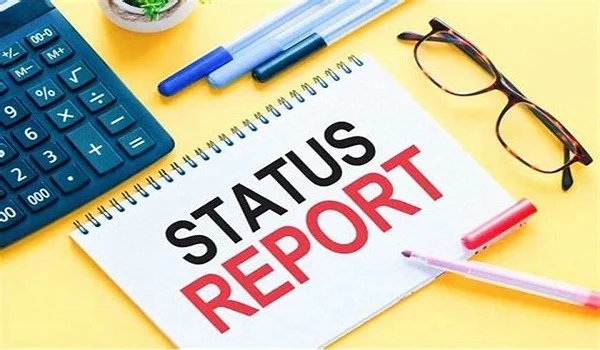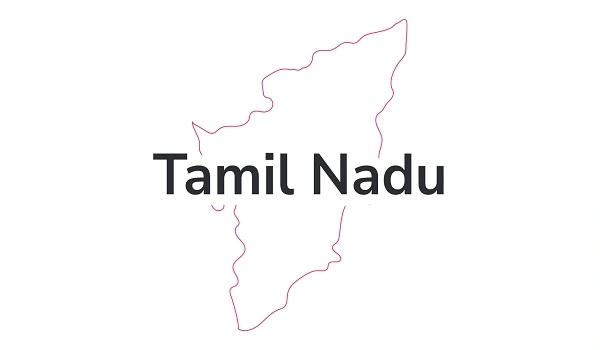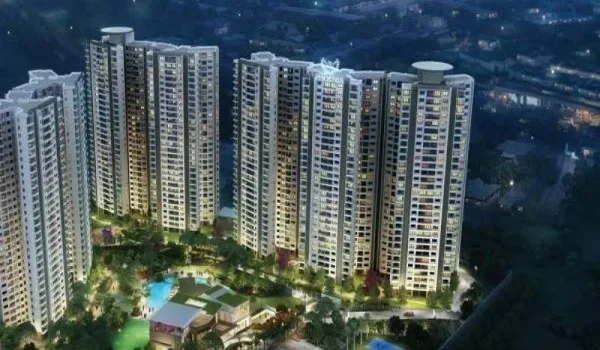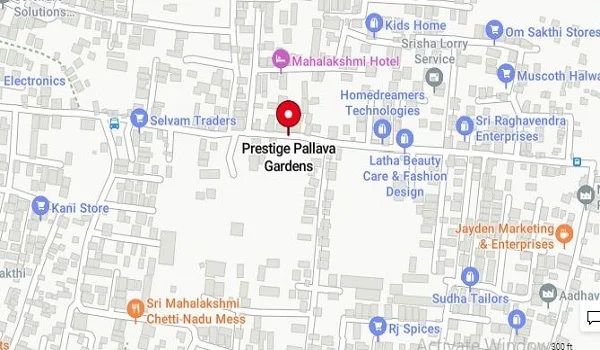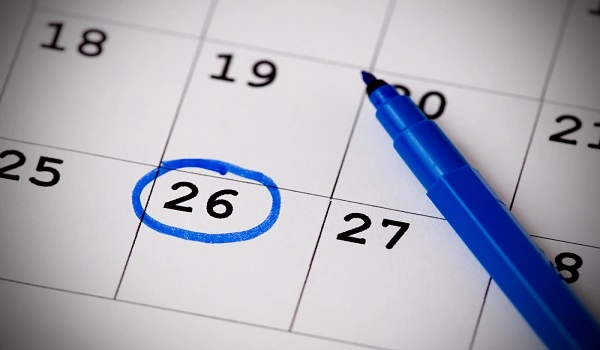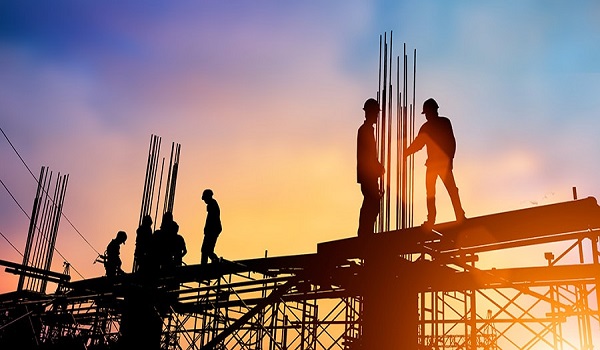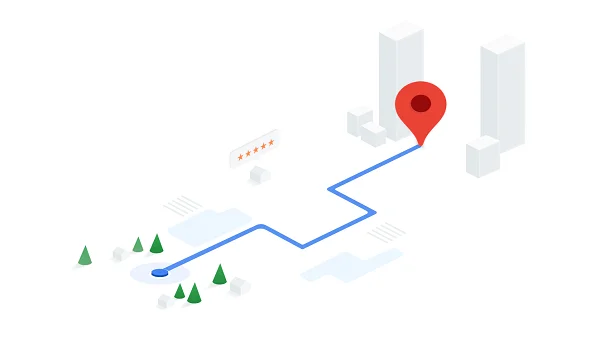Chennai Metro: How It's Changing The Way We Travel And Live
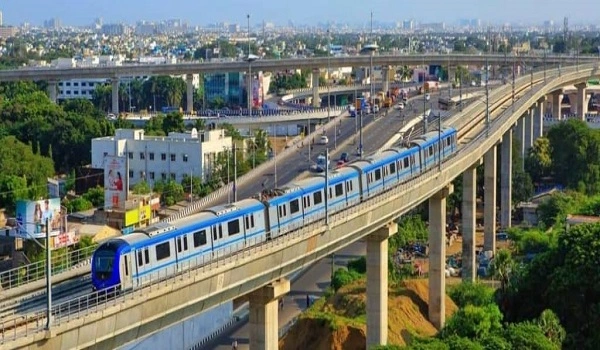
The Chennai Metro is helping the city move faster, easier, and cleaner. Managed by CMRL (Chennai Metro Rail Limited), it connects people to work, schools, shopping areas, and more. Whether you're a student, a commuter, a tourist, or someone looking to buy a home, the metro makes life simpler.
The Chennai Metro Rail is a modern train service that runs above and below the city. It was built to help reduce traffic, save time, and give people a better way to travel. Since it started in 2015, it has become one of the most useful public transport options in Chennai.
It connects important places like Chennai Central, CMBT, and Chennai Airport. It also supports fast-growing areas like South Chennai, where projects like Prestige Pallavaram Gardens are drawing attention from homebuyers and investors.
The second phase of the Chennai Metro is the city's biggest transport project right now. It will cover more parts of the city, connect more people, and support more jobs and businesses.
- Total Length: 116.1 km
- Total Lines: 3
- Number of Stations: Around 124
- Budget: ₹61,843 crore (updated)
- Completion: In stages from 2025 to 2028; full network by 2030
- Connects North Chennai to the IT zones in Taramani, Sholinganallur, and Thiruvanmiyur.
- Mix of underground and elevated tracks.
- Helps people living in Prestige Pallavaram Gardens reach tech parks faster.
- Runs East to West across the city.
- Trial runs began in April 2025 from Poonamallee Bypass to Porur.
- Full stretch expected by end of 2025.
- First double-decker section (Porur to Kodambakkam) will open by July 2026.
- Will include driverless trains.
- Another long North-South route, linking factories in the north to offices in the south.
- Also has both elevated and underground parts.
- Trial runs are active on the Porur–Poonamallee stretch.
- CMRL completed a major structure—India's first 33.33m U-Girder.
- New corridor from Koyambedu to Pattabiram approved by the state.
- CMRL won two global awards for sustainability and environmental work.
- Work is going on at Mandaveli, Vadapalani, and Broadway to connect metro stations with bus terminals and shops.
- 32 new driverless trains have been ordered.
- May 2025: 89.09 lakh passengers
- January 2025: 86.99 lakh passengers
- Peak Day: Jan 10, 2025 – 3,60,997 people used it
- 2024 Total: 10.52 crore passengers (up from 9.11 crore in 2023)
- Total Till End of 2024: Over 35.53 crore riders since launch
CMRL says it needs 4.33 lakh passengers daily to break even. With these numbers, that goal doesn't look far off.
This travel card lets you pay easily:
- Works in metro trains, MTC buses (select routes), shops, and even fuel stations.
- Recharge from ₹100 to ₹2,000 (non-KYC); up to ₹1,00,000 with KYC.
- Available at stations, SBI ATMs, and online.
- One-time cost: ₹50.
- 20% discount on metro cards, QR tickets (single, return, group), and mobile payment apps like PhonePe, Paytm, and WhatsApp.
- WhatsApp ticketing number: +91 83000 86000.
- QR tickets are fast and don't need cash.
- Rental bikes, autos, and free cycles at key stations.
- Mini-buses run between stations and nearby areas.
- Corporate routes connect offices like DLF Cybercity and RMZ One to metro stops.
People staying in townships like Prestige Pallavaram Gardens benefit a lot from these services, especially for reaching tech parks and the airport.
Places near metro lines—like Pallavaram, Porur, and Guindy—are seeing more buyers. In some areas, prices have gone up by 15% to 25%.
Many metro stations have room for shops and food stalls, which create jobs. Big brands are also opening stores near metro hubs.
With more people using the metro, roads are less crowded. Air quality is slowly improving too.
- Many metro stations have Platinum ratings for being energy efficient.
- LED lights, rainwater harvesting, and AC water reuse are standard now.
- EV charging stations are being added at select points.
- For every tree cut, 12 new ones are planted.
- So far, 66,000 saplings have been planted under Phase 2.
- Miyawaki forests are being grown at metro office campuses.
- Won the Global Greentech Environmental Award 2025
- Also received the GEEF Global Sustainability Award 2024
- Phase 2 will open in parts till 2028 and fully by 2030.
- Talks are on to connect metro with more bus and train routes.
- New metro lines to nearby cities like Chengalpattu and Vellore are being planned.
- Some Central Government funds are still pending, but work is moving fast.
If you're a student, commuter, tourist, or investor—this matters:
- You save time and money.
- You avoid traffic.
- You get better access to jobs, colleges, and homes.
- If you own or buy property near a metro station—like in Prestige Pallavaram Gardens, you may see better value and ease of living.
The Chennai Metro is not just another way to get around—it's shaping the future of how the city moves, grows, and breathes. As Phase 2 expands and connects more people to more places, Chennai becomes easier to live in and smarter to invest in.
| Enquiry |
